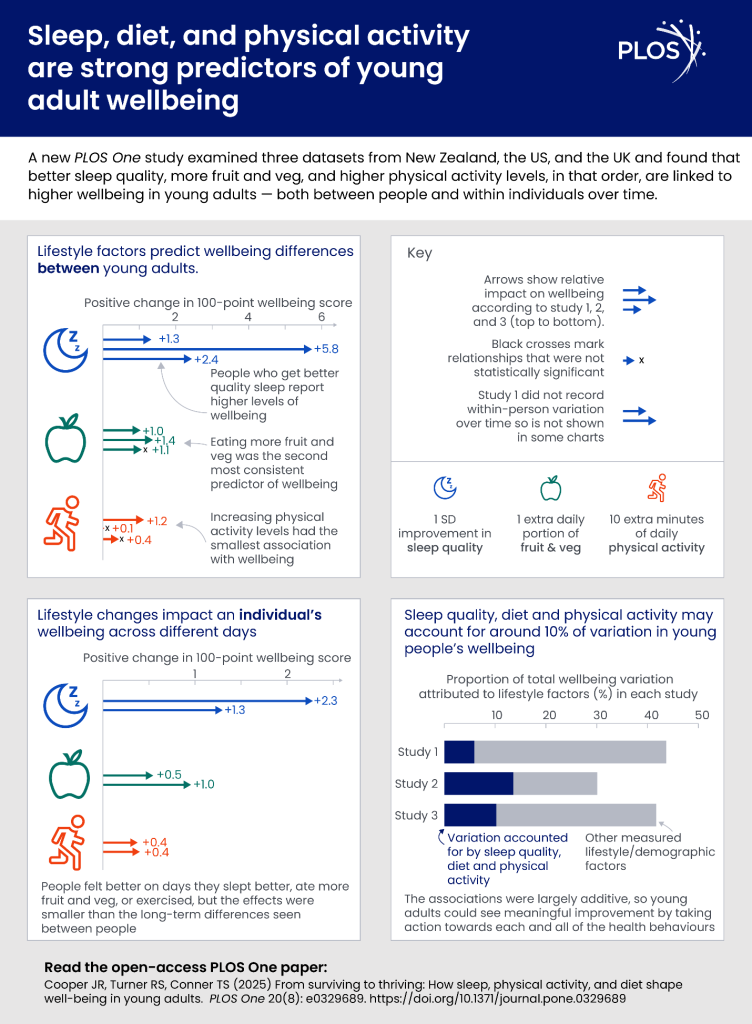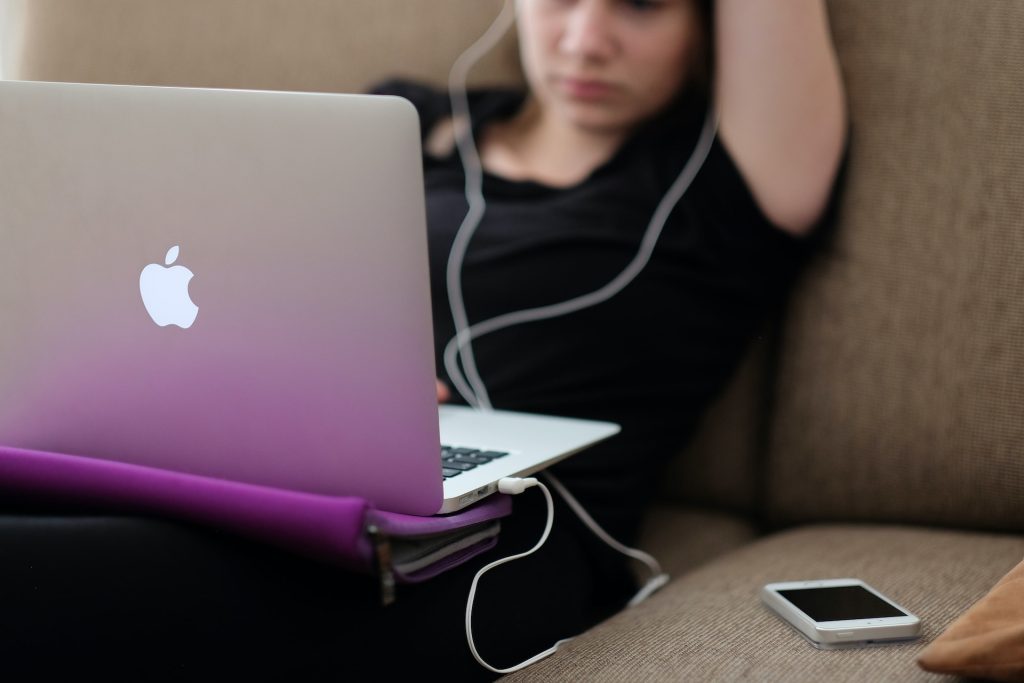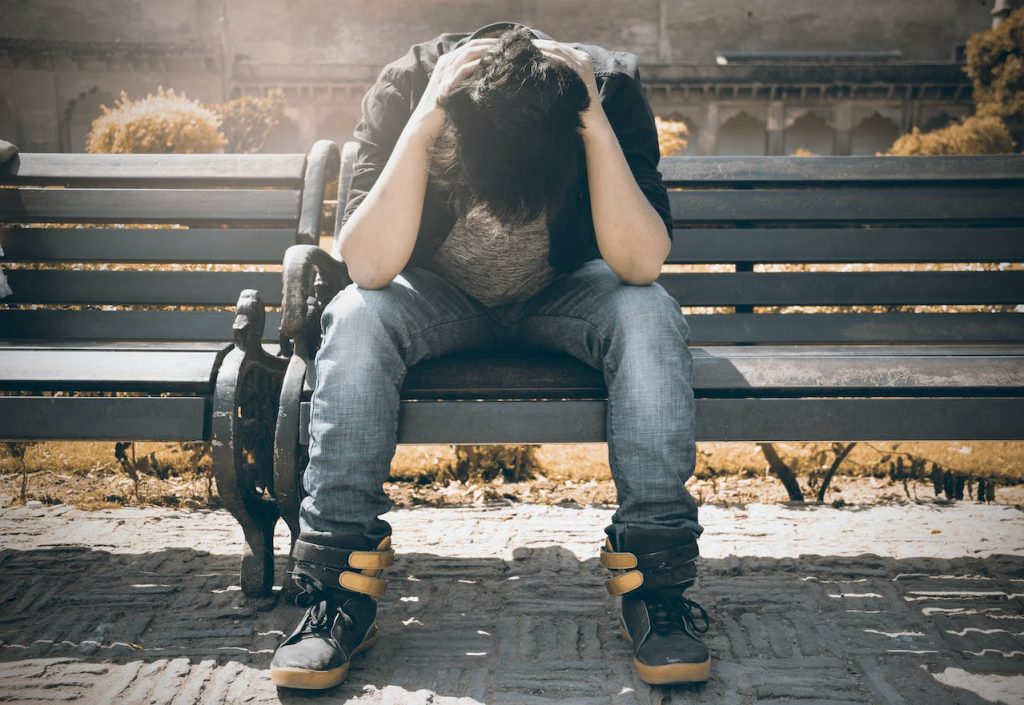e-Cigarettes Could Unravel Decades of Tobacco Control
New research finds that UK teens who vape are 33% more likely to smoke cigarettes

Teens who regularly use e-cigarettes are equally as likely as their peers from the 1970s to take up cigarette smoking, despite a substantial reduction in the prevalence of teenage cigarette use over the last 50 years, according to a study co-led by the University of Michigan.
U-M researchers, in collaboration with Penn State University and Purdue University, concluded that teenagers who had never used e-cigarettes had an approximately less than 1 in 50 chance of weekly cigarette use, whereas those who had previously used e-cigarettes had more than a 1 in 10 chance. More importantly, teenagers who reported consistent e-cigarette use had nearly a 1 in 3 chance of also reporting current conventional cigarette use.
The study illustrates shifts in the likelihood of youth cigarette use over time and the impacts of e-cigarettes on this trend. The results were derived from three longitudinal studies collected by the Centre for Longitudinal Studies at the University College of London, following teens from three different U.K. birth cohorts.
The research was published in the journal Tobacco Control and was supported by the National Cancer Institute, part of the National Institutes of Health, and a seed grant from the Criminal Justice Research Center at Penn State University, while data collection by the Centre for Longitudinal Studies was supported by funding from the Economic and Social Research Council.
“The use of e-cigarettes and the proliferation of e-cigarettes have really disrupted those awesome trends and improvements. For kids who have never used e-cigarettes, we do see those historic declines in risk,” said Jessica Mongilio, a research fellow at the U-M School of Nursing and one of the lead researchers on the study. “But for kids who do use e-cigarettes, it’s almost as if all of those policies and all of those perceptions have done nothing, and they’ve got a really high risk of smoking cigarettes.”
Over the past few decades, cigarette smoking has evolved from a once glamorous status symbol to an unhealthy and socially discouraged practice, according to the researchers. This evolution was, in large part, driven by aggressive campaigning that labeled cigarette smoking as a public health risk.
By the late 1990s and into the early 2000s, cigarette smoking was structurally and socially stigmatized, embedded in national federal regulations and health policy. In recent years, cigarette smoking in youths dropped to an all-time low, according to research from the Centers for Disease Control.
E-cigarettes, colloquially known as vapes, often sold in bright colorways and in fruity flavors, have quickly emerged as a perceived “safer” alternative to the conventional cigarette. They stand to threaten decades of advocacy, health policy and cultural aversion toward smoking in both the U.K. and United States, the researchers say.
The Millennium Cohort Study, or MCS, tracked teens born in England, Scotland, Wales and Northern Ireland in 2000 and 2001 and who were children when e-cigarettes were first commercialised. The British Cohort Study tracked individuals born in 1970, who were teenagers during the 1980s when cigarette use was fairly common and in their 40s when e-cigarettes were commercially available. Finally, the National Child Development Study tracked individuals born in 1958, who were young children when cigarette use was at its cultural peak.
“We took data from different cohorts, essentially different generations of people who live in the U.K., and looked at their probability of smoking cigarettes at least once a week, based on some well-known risk and protective factors,” Mongilio said. “For the most recent cohort, we also examined how use of e-cigarettes changed those probabilities.”
According to Mongilio and her collaborators, it’s not entirely clear whether e-cigarette use directly caused cigarette use, but it’s clear their incidences are strongly related. Still, the MCS cohort will be continuously surveyed over time to further understand how the use of e-cigarettes during the critical developmental teen years will affect their health in the long term.
Ultimately, with the findings of this study, the researchers hope to demonstrate the profound impact of e-cigarettes on today’s youth in an attempt to exact meaningful legislative, social and economic change.
“The more you can build evidence – the bigger the pile of support – the harder you can make it to ignore. This will lead toward policy changes and toward increased regulations for e-cigarettes and for producers of e-cigarettes,” Mongilio said. “I think we’re in a place where change is possible and to have increased regulations and enforcement of those regulations for companies that are producing e-cigarettes.”
Source: University of Michigan









